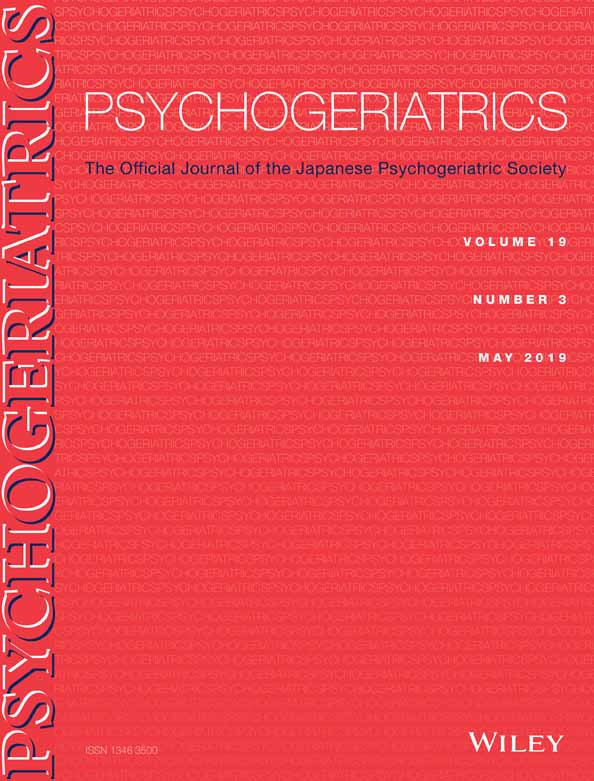Influence of functional, psychological, and environmental factors on falls among community-dwelling older adults in Hong Kong
Abstract
Aim
The growth of the ageing population has been rapid. However, this ageing population is not homogeneous; individuals have different levels of functionality and psychosocial status, and some are members of at-risk or high-risk groups. As such, studies on the functional, psychological, and environmental factors of falls among community-dwelling older adults are imperative. By investigating the effect of life satisfaction, as well as environmental and functional factors, on falls among community-dwelling older adults in Hong Kong, this study aims to address this concern.
Methods
The study recruited 249 participants. Both self-reported questionnaires and home safety assessments were administrated.
Results
Logistic regression analysis showed that life satisfaction and instrumental activities of daily living were significant predictors of falls. Significant differences between fallers and non-fallers were found in functional and psychological areas. The presence of home hazards was low and not associated with falls in this population. However, this variable was negatively associated with life satisfaction and predicted by one of its domains, satisfaction of possession.
Conclusion
These results can help health-care and social service providers to identify the needs and types of support required for effective fall prevention and to better tailor and target community intervention for older adults.




